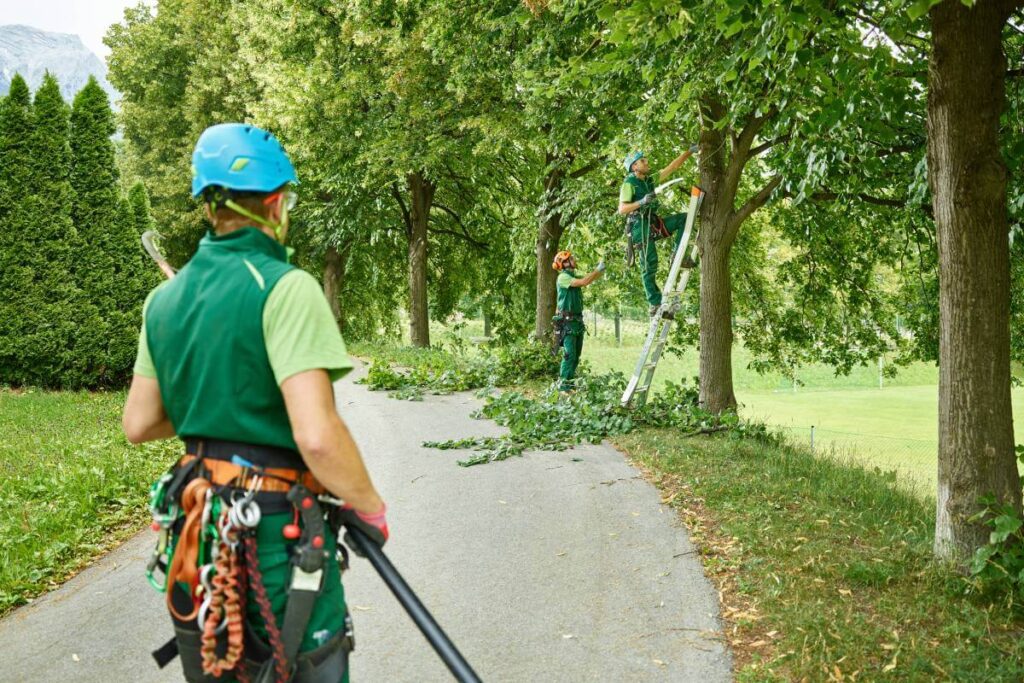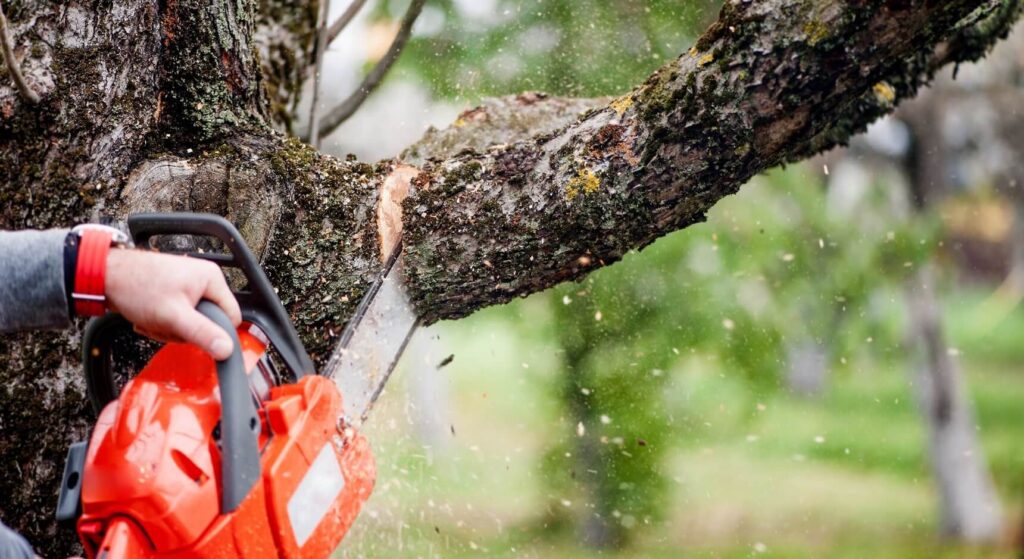Tree pruning is one of the most essential tasks for maintaining the health and aesthetics of your trees. Regular pruning encourages robust growth, prevents diseases, and keeps your landscape looking its best. However, not all pruning techniques are created equal, and improper tree pruning can do more harm than good. In this guide, we will explore the top tree pruning techniques that every homeowner should know to ensure healthy and beautiful trees year-round.
Why Tree Pruning is Important
Tree pruning is about more than just cutting off a few branches. It plays a critical role in a tree’s overall health. Proper pruning techniques can:
- Remove dead or diseased branches to prevent the spread of pests and diseases
- Improve air circulation and sunlight penetration to inner branches
- Encourage the growth of strong, healthy branches
- Enhance the tree’s shape and appearance
- Prevent hazards like overhanging branches that could fall or damage structures
Understanding the benefits of tree pruning will help you make better decisions about how and when to prune your trees.
When to Prune Your Trees
Before diving into specific tree pruning techniques, it’s important to know when the best time is to prune. Timing is crucial because pruning at the wrong time can weaken a tree or invite disease. For most trees, the dormant season (late fall or winter) is the ideal time to prune. Trees are less active during these months, meaning they can recover more easily from cuts. In contrast, pruning in the spring can cause excessive sap flow, and pruning in the summer may expose trees to harmful pests and diseases.
That said, some trees may require light pruning throughout the year to remove dead or hazardous branches. Understanding your tree species and its specific needs is key.
Top Tree Pruning Techniques
Now that we’ve covered the importance and timing of tree pruning, let’s look at the different pruning techniques that can help maintain the health and structure of your trees.
1. Crown Thinning
Crown thinning is a pruning technique that involves selectively removing branches to reduce the density of a tree’s canopy. This allows more light to penetrate through the branches and improves air circulation, both of which can contribute to a healthier tree.
- Why it’s important: Thinning helps reduce the weight of heavy branches, which can prevent breakage during storms. It also allows sunlight to reach the lower branches, promoting even growth.
- How to do it: Start by removing dead, diseased, or weak branches. Then, select branches evenly throughout the canopy to ensure uniform thinning.
2. Crown Reduction
Crown reduction is used to decrease the height or spread of a tree. This is often necessary for trees that have grown too large for their surroundings or are in danger of coming into contact with power lines or buildings.
- Why it’s important: Reducing the crown can relieve stress on individual branches and improve the tree’s overall structure. It also helps control the size of the tree while maintaining its natural shape.
- How to do it: Cut back larger branches to smaller lateral ones that are at least one-third of the diameter of the branch being removed. Avoid cutting back to stubs, as this can lead to weak growth.

3. Crown Raising
Crown raising involves removing the lower branches of a tree to elevate its canopy. This is particularly useful for trees in areas where clearance is needed for pedestrians, vehicles, or buildings.
- Why it’s important: This technique helps clear space below the tree for safety and access while maintaining the overall health of the tree.
- How to do it: Gradually remove lower branches, starting with dead or diseased ones. Be careful not to remove too many branches at once, as this can stress the tree.
4. Deadwooding
Deadwooding is the practice of removing dead or dying branches from a tree. These branches can become a hazard, especially during storms or high winds.
- Why it’s important: Removing dead branches reduces the risk of them falling and causing injury or damage. It also improves the tree’s overall health by preventing the spread of decay or disease.
- How to do it: Simply remove any dead, damaged, or diseased branches. Be sure to cut them back to the main trunk or a healthy lateral branch.
5. Formative Pruning
Formative pruning is used to shape young trees and encourage the development of a strong structure. This technique is most effective when trees are still in their early stages of growth.
- Why it’s important: Proper formative pruning helps young trees grow into healthy, well-structured adults. It can also prevent the need for more drastic pruning later in the tree’s life.
- How to do it: Remove competing branches and ensure the tree has a central leader (the main upward-growing branch). Trim back branches that are crossing or growing too close together.
Common Mistakes in Tree Pruning
While tree pruning can greatly benefit your landscape, improper techniques can damage or even kill your trees. Here are some common mistakes to avoid:
- Over-pruning: Removing too much foliage can weaken the tree, making it more susceptible to pests and diseases.
- Improper cuts: Cutting branches too close to the trunk (flush cuts) or leaving too much of a stub can harm the tree.
- Pruning at the wrong time: As mentioned earlier, pruning during the wrong season can stress the tree and lead to poor health.
Always ensure you’re following best practices for tree pruning to avoid these mistakes.

How to Choose a Professional Tree Pruning Service
For large or complex tree pruning jobs, it’s often best to hire a professional. A certified arborist will have the knowledge and tools needed to prune trees safely and effectively. When choosing a tree pruning service, consider the following factors:
- Experience and Certification: Ensure the arborist has the proper certification and experience to handle your tree pruning needs.
- Safety Practices: Tree pruning can be dangerous work. Make sure the company follows strict safety guidelines and has insurance.
- References and Reviews: Ask for references or check online reviews to ensure the company has a good reputation.
For homeowners looking to maintain the health and beauty of their trees, hiring a professional can be a smart investment.
Conclusion
Tree pruning is a crucial part of tree care, ensuring both the health of your trees and the safety of your property. Whether you choose to prune your trees yourself or hire a professional, it’s important to use the right techniques to promote healthy growth. By following the tips outlined in this guide, you can enjoy beautiful, well-maintained trees for years to come.
Remember that proper tree pruning not only enhances the appearance of your landscape but also contributes to the overall health and longevity of your trees. With the right tools and knowledge, homeowners can take an active role in caring for their trees while ensuring a safe and beautiful environment.
If you’re ready to take your tree care to the next level, consider reaching out to a trusted professional. When done correctly, tree pruning can lead to stronger, healthier trees that will thrive for years.
Related: Expert Hedge Trimming Tips and How to Maintain Healthy, Beautiful Hedges Year-Round